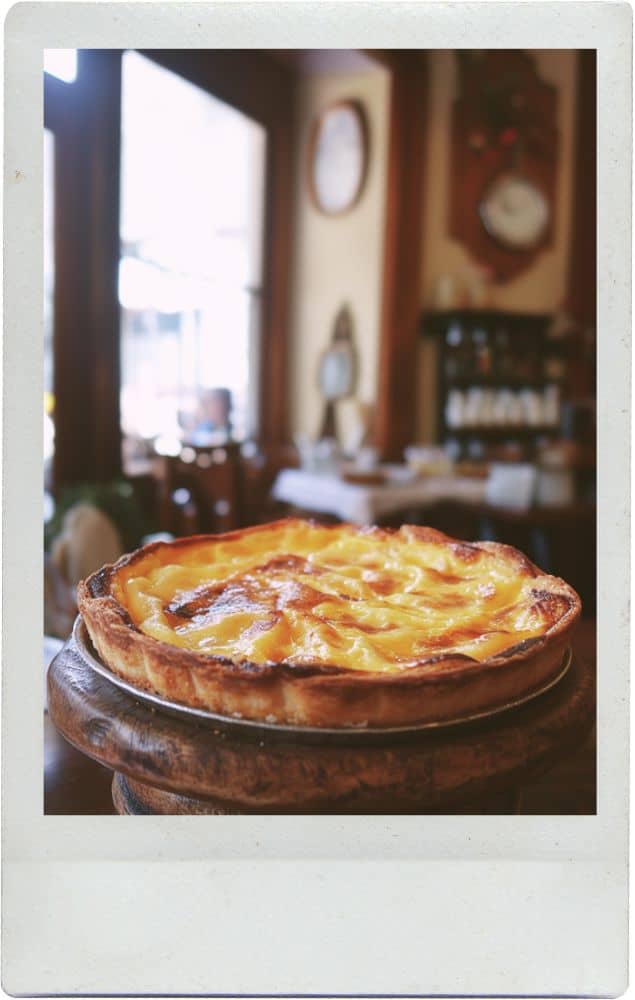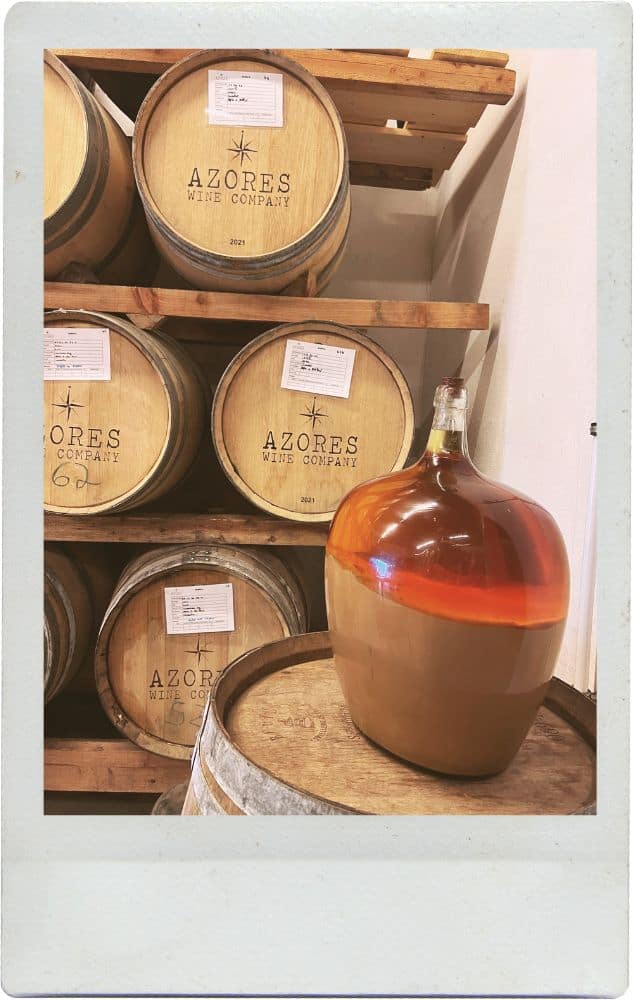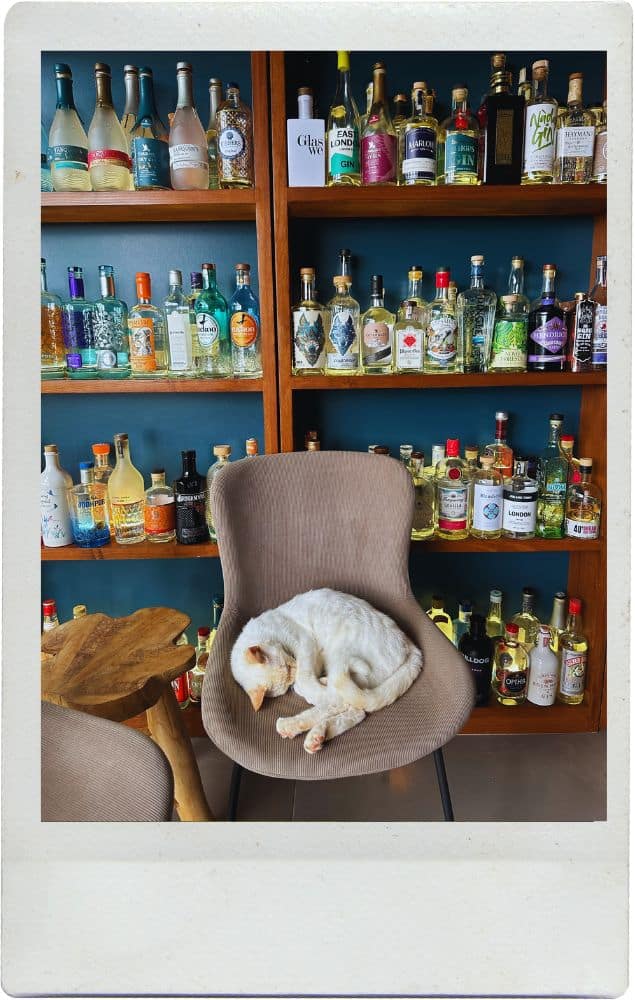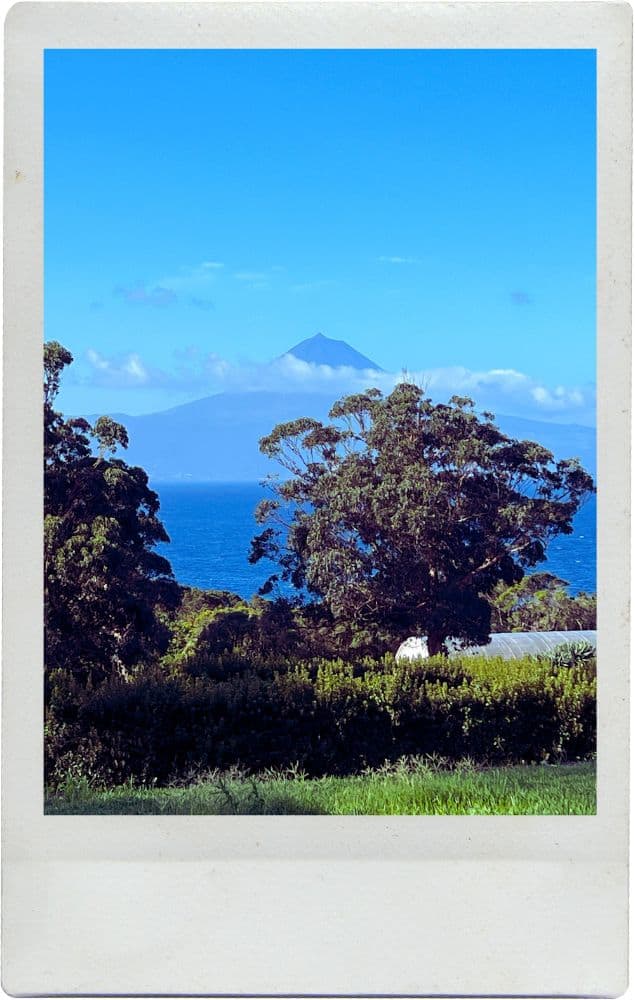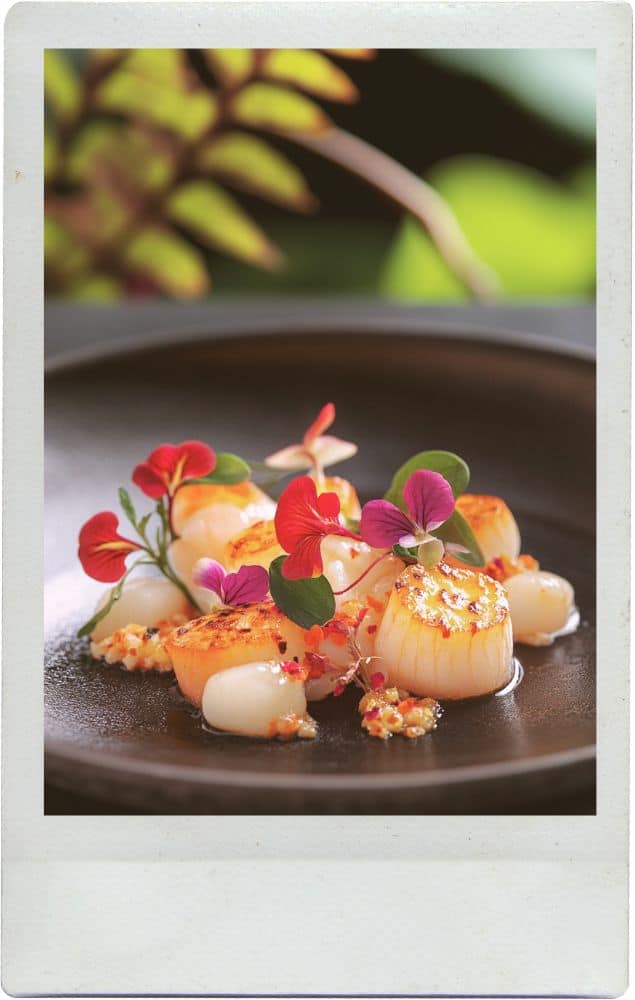Savor the Sweetness: Pastries from Each Island of Azores
Pastries have always been my greatest indulgence, my sweet weakness in this world. While traveling in the Azores, I discovered that the local pastries are impossible to resist. Though I try to avoid excess carbs, the call of a well-crafted pastry while traveling is irresistible. It feels almost like a natural surrender, a way of honoring the places I visit and the flavors that have shaped them.
The Azores, with their lush landscapes and rich cultural heritage, boast a pastry tradition deeply intertwined with both the islands’ isolation and their connections to the wider world. Much like mainland Portugal, the Azorean pastry culture has its roots in the 16th and 17th centuries, a time when monasteries were centers of both religious devotion and culinary creativity. The monasteries in the Azores, though more secluded, shared in the same sacred artistry of transforming simple ingredients into sweet offerings. However, the islands’ geographical isolation also gave rise to distinct local variations, influenced by the natural bounty of the land—from the fertile volcanic soil to the abundance of dairy products like milk and butter. Over the centuries, the Azores developed a unique array of pastries, each island with its own specialty, shaped by local ingredients and the islanders’ ingenuity. Today, these pastries are not just a reflection of the islands’ culinary history, but a beloved tradition that connects the present to the past, offering a sweet taste of Azorean heritage with every bite. For those intrigued by the rich array of Azorean flavors and Portuguese history, be sure to explore my other posts:
What Produce is the Azores Known for: Exploring the Flavors of the Islands
Indulge in Dining: 10 Must-Try Restaurants in São Miguel, Azores
Discover the Delicious Main Dishes of Each Island in the Azores
Uncovering the Best Wine Experiences in Pico, Azores
São Miguel: Queijadas de Vila Franca do Campo
Queijadas de Vila Franca do Campo are a beloved traditional pastry from the Azores, particularly associated with the town of Vila Franca do Campo on São Miguel Island. These small, round cheesecakes are made from a mixture of fresh cheese, sugar, eggs, and cinnamon, resulting in a rich, creamy filling encased in a delicate pastry shell. The treat has its roots in the island’s religious and agricultural history, with the cheese used in the recipe traditionally made from locally sourced dairy. Often enjoyed during festivals and special occasions, Queijadas de Vila Franca do Campo are a symbol of the region’s culinary heritage, blending the flavors of the Azores with a touch of sweetness and warmth that makes them a popular choice for both locals and visitors.
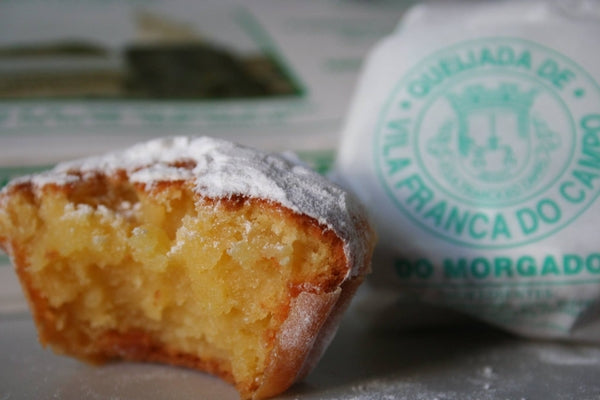
Terceira: Queijada Dona Amélia
The Queijada Dona Amélia is a traditional pastry from Azores, particularly popular in the region of Faial. This delicately sweet, round dessert is made from a mixture of eggs, sugar, butter, and fresh cheese, often with a hint of cinnamon and lemon zest to enhance its flavor. The pastry is named after Queen Amélia of Portugal, reflecting its royal inspiration and its association with Azorean heritage. It is said to have been created in the early 20th century, during Queen Amélia’s visit to the Azores, and has since become a beloved treat in the islands. Known for its creamy, custard-like filling and crumbly crust, the Queijada Dona Amélia remains a favorite at celebrations and gatherings, offering a sweet taste of Azorean history and tradition.

Pico: Bolos Lêvedos
Bolos Lêvedos are a traditional Azorean flatbread originating from São Miguel Island, though they are enjoyed throughout the archipelago. These soft, slightly sweet, and fluffy cakes are made from a yeasted dough of flour, sugar, eggs, milk, and butter. Cooked on a griddle rather than baked, they develop a golden crust while remaining tender inside. Historically, Bolos Lêvedos were a staple in Azorean households, often made for family gatherings or religious celebrations. Today, they are popular as a breakfast or snack, typically served warm with butter, jam, or cheese, and pair beautifully with tea or coffee. Their simplicity and unique texture make them a quintessential taste of the pastries of Azores.

Faial: Fatia Parida
Fatia Parida is the Azorean version of French toast, a traditional comfort food often enjoyed for breakfast or as a snack. This dish is made by soaking slices of bread in a mixture of milk, sugar, eggs, and sometimes cinnamon or lemon zest, then frying them to golden perfection. It’s typically dusted with sugar and cinnamon or drizzled with honey or syrup before serving. Historically, Fatia Parida was a way to use up stale bread, reflecting the Azorean tradition of minimizing waste and turning simple ingredients into something delicious. This humble yet flavorful treat remains a cherished part of Azorean cuisine.

Santa Maria: Tarte de Maçã (Apple Tart)
Tarte de Maçã is a beloved dessert in the Azores, showcasing the region’s tradition of simple, comforting baked goods. This apple tart typically features a buttery, flaky crust filled with thinly sliced apples, which are often arranged in an elegant spiral pattern. The apples are sweetened and spiced with sugar and cinnamon, then baked to golden perfection. Its origins reflect the Azores’ agricultural heritage, as apples are a common crop on the islands. Served warm or at room temperature, Tarte de Maçã is a favorite treat during family gatherings and festive occasions.

São Jorge: Espécies de São Jorge (Spiced Cookies)
Espécies de São Jorge are traditional spiced cookies from São Jorge Island in the Azores, known for their distinctive flavors and intricate ring shape. These cookies are made from a dough enriched with spices such as cinnamon, fennel, anise, and cloves, which give them their warm, aromatic profile. The recipe reflects São Jorge’s history of maritime trade, where spices played a vital role in local cuisine. Traditionally baked for festive occasions, these cookies have become a symbol of the island’s culinary heritage. Their crunchy texture and bold flavor make them a unique treat, often enjoyed with coffee or tea.

Graciosa: Queijadas da Graciosa
Queijadas da Graciosa are a signature pastry from Graciosa Island in the Azores, celebrated for their delicate sweetness and creamy texture. These small, round treats are made from a simple yet rich mixture of sugar, eggs, milk, butter, and flour, poured into thin pastry shells and baked to golden perfection. Their history dates back to the island’s agricultural roots, with local dairy products playing a key role in their creation. Often served during festivals and family gatherings, these queijadas are a testament to the Azorean tradition of transforming humble ingredients into exquisite desserts.

Flores: Torta de Flores
Torta de Flores is a traditional and visually striking dessert from the Azores, particularly associated with the island of Terceira. This rolled sponge cake is named for its beautiful floral pattern, which is imprinted on the cake’s surface using a decorative stencil or a skilled freehand technique. Made with eggs, sugar, flour, and sometimes flavored with citrus or vanilla, the cake is filled with a sweet layer of jam, custard, or condensed milk before being rolled tightly. The origins of Torta de Flores lie in the Azorean tradition of crafting elaborate desserts for festive occasions, showcasing both culinary skill and artistry.

Corvo: Bolo de Mel (Honey Cake)
Bolo de Mel, or honey cake, is a rich and aromatic dessert cherished in the Azores, particularly on São Miguel Island. Made with dark honey, spices like cinnamon and cloves, and sometimes nuts or dried fruit, this dense cake boasts a deep, warm flavor that gets better as it ages. Historically, it was prepared for special occasions, often around Christmas, with recipes passed down through generations. The use of local honey highlights the Azorean connection to natural ingredients and traditional farming practices. Bolo de Mel is a symbol of the islands’ culinary heritage and a delightful taste of Azorean tradition.

The pastries of the Azores are more than just a treat to satisfy a sweet tooth; they are a journey through the islands’ history, culture, and soul. Each bite offers a story, a blend of tradition and innovation that has been handed down through generations. So, as I continue to explore the culinary landscapes of the world, I hold the flavors of the Azores dear, cherishing each pastry as a precious link to the islands’ spirited and resilient character. Whether you’re an avid traveler or a curious foodie, a visit to the Azores—with its rich pastry traditions waiting to be discovered—is an experience not to be missed, a delightful adventure where every morsel tells a tale of isolation, connection, and sweet indulgence.


